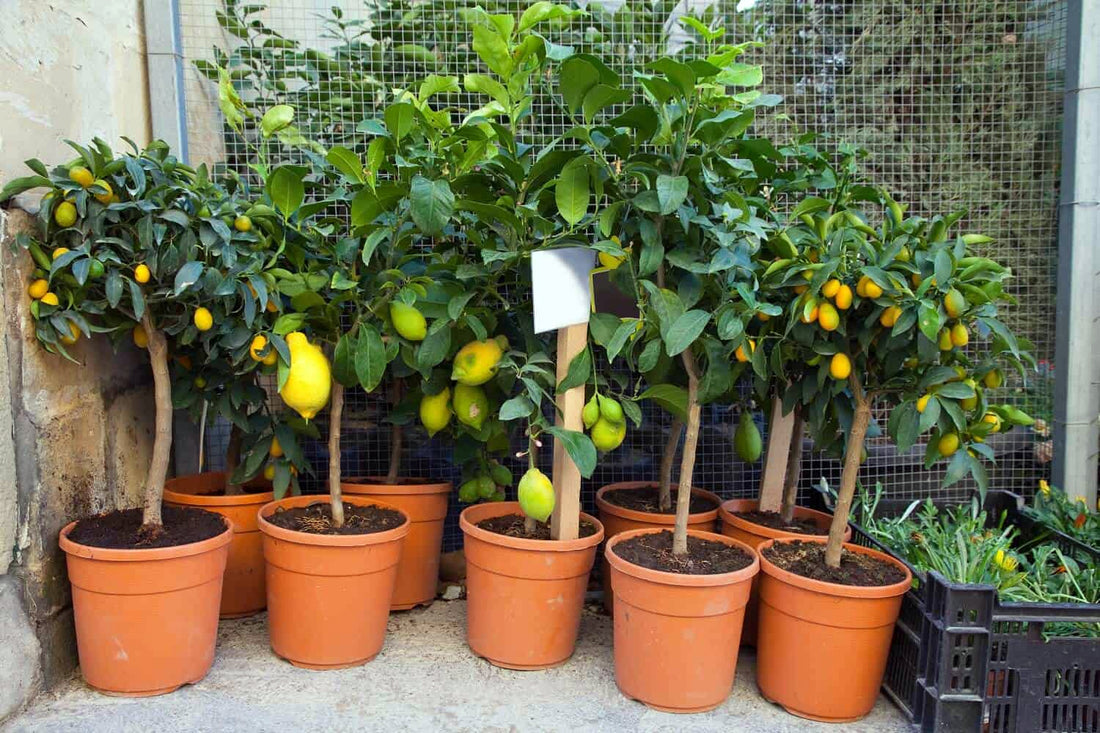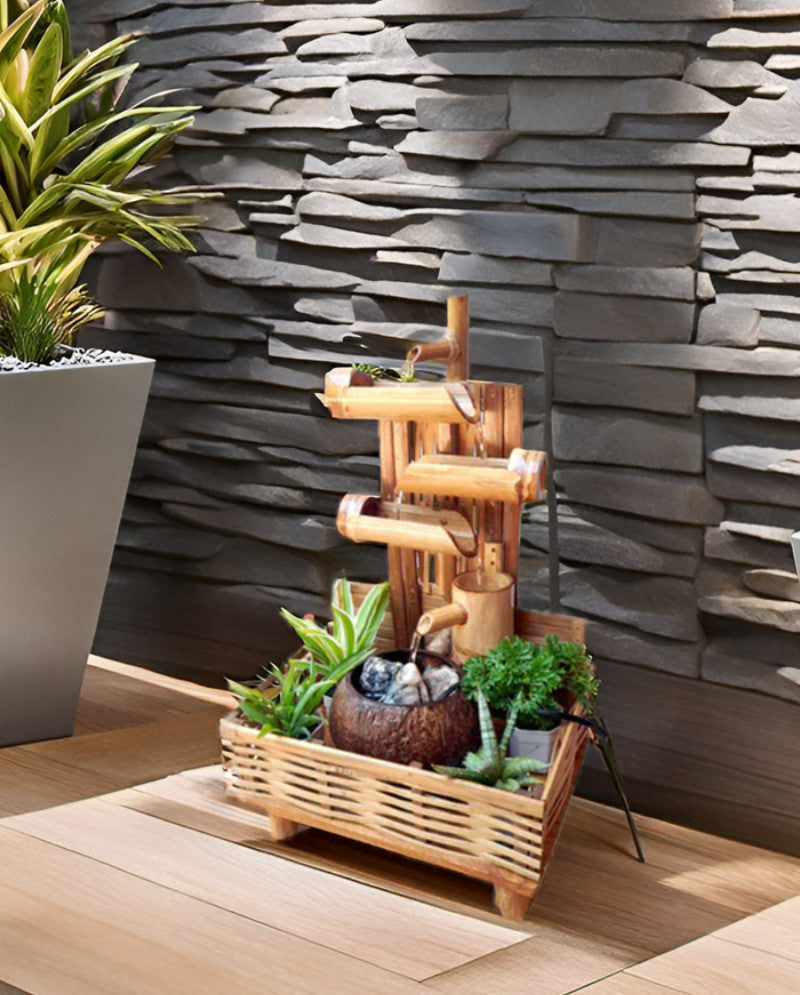
A Complete Guide to Growing and Caring for Your Lemon Tree
Lemon trees are a popular and rewarding choice for those who want to grow their own fruit at home. With their bright and tangy fruit, lemon trees offer both culinary and ornamental benefits. In this blog, we’ll cover everything you need to know to successfully care for your lemon tree and keep it healthy and productive.
- Light Requirements
Lemon trees require a lot of bright, direct sunlight in order to thrive. Aim to provide your lemon tree with at least six hours of direct sunlight each day. If you live in a region with harsh summer temperatures, you may want to consider providing your lemon tree with some shade during the hottest part of the day. Lemon trees that don’t receive enough sunlight will have stunted growth and reduced fruit production.
- Watering
Lemon trees need evenly moist soil, but be careful not to overwater them. Overwatering can lead to root rot, which can be fatal to your tree. To avoid this, let the top inch of soil dry out slightly between waterings. During the hot summer months, you may need to water your lemon tree more frequently to keep the soil consistently moist. In the winter, reduce watering to once every two weeks or so.
- Soil
Lemon trees prefer well-draining soil with a pH between 6 and 7. If your soil is heavy and clay-like, you may want to amend it with compost or other organic matter to improve its drainage properties. Lemon trees do not tolerate soggy soil, so it’s important to make sure that water doesn’t puddle around the roots.
- Fertilizing
Fertilize your lemon tree regularly with a balanced, water-soluble fertilizer. You can also add compost or other organic matter to the soil around your lemon tree to help provide it with the nutrients it needs to grow and produce fruit. Fertilize your lemon tree once every six to eight weeks during the growing season, and less frequently during the winter months.
- Pruning
Pruning is an important part of caring for your lemon tree. Regular pruning helps to remove dead or diseased wood, shape the tree, and improve air circulation. Lemon trees should be pruned in the spring, after the last frost has passed. When pruning, be sure to remove any dead or diseased wood, and thin out any overcrowded branches to promote good air circulation.
- Pests and Diseases
Lemon trees are susceptible to a variety of pests and diseases. Common pests include aphids, mites, and scale insects. To control these pests, you can use insecticidal soap or neem oil. Common diseases include citrus canker and root rot. To prevent these diseases, make sure to keep your lemon tree’s soil evenly moist and well-drained, and avoid overwatering. If you notice any signs of disease, be sure to treat the affected area promptly.
- Repotting
Repot your lemon tree into a larger pot every two to three years, or when roots begin to crowd the pot. When repotting, be sure to use a well-draining potting mix, and water thoroughly after planting. You may also want to add a slow-release fertilizer to the potting mix to help provide your lemon tree with the nutrients it needs to grow.
- Climate
Lemon trees are sensitive to frost and extreme heat, and prefer a moderate, temperate climate. If you live in an area with harsh winter temperatures, you may want to consider growing your lemon tree in a container that can be moved indoors during the winter.
- Harvesting
Lemon trees usually begin to produce fruit about three to four years after planting. The best time to harvest lemons is when they are fully mature and have reached a yellow color. To determine if a lemon is ripe, gently tug on it. If it comes off easily, it is ready to be harvested. Store harvested lemons in a cool, dry place, and use them within a few days.
- Climate Considerations
Lemon trees are native to tropical and subtropical regions, and are not cold-hardy. If you live in a region with harsh winter temperatures, you may need to provide your lemon tree with protection. Consider moving your tree indoors or providing it with a frost cloth when temperatures drop below freezing.
- Conclusion
By following these tips, you can help ensure your lemon tree stays healthy and produces a bountiful harvest of juicy, flavorful fruit. Growing a lemon tree requires a bit of care and attention, but the rewards are well worth it. Whether you’re looking to add a bit of brightness to your cooking or simply enjoy the beauty of a thriving, productive tree, a lemon tree is a wonderful choice.




